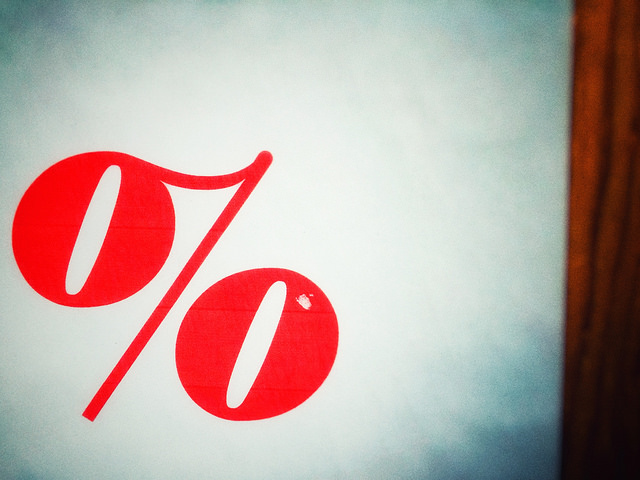After finding a house to buy and making an offer, one of the next steps in the process is to get the home professionally inspected. This is done for a couple of reasons. One, it provides the home’s buyer with necessary information about the health and upkeep of the home’s various systems. But, additionally, it can be used to negotiate a fair price for the home. For example, if you made an offer on a house, then discovered during the inspection there were issues that might mean costly repairs, your offer could then be renegotiated to account for the previously unknown problem. In short, getting the house inspected is an important protection for buyers, who likely don’t have the expertise to thoroughly evaluate things like the home’s plumbing and electrical systems. But more than just a checklist, the inspection is also a good opportunity for buyers to get to know the house they’re buying and learn more about the condition of the home and the steps they’ll need to take to maintain it. For that reason, it’s a good idea, if possible, for buyers to be present during the inspection, so they can ask questions and get tips on properly caring for their new home. More here.













